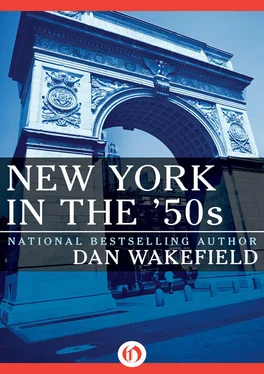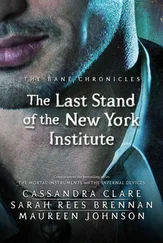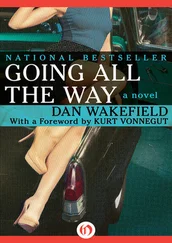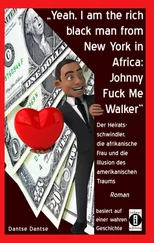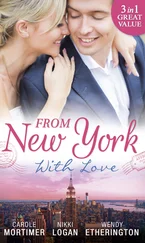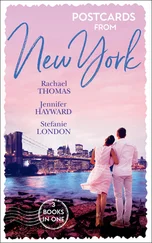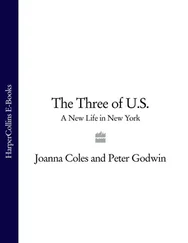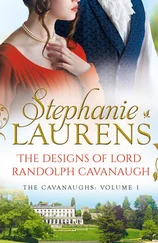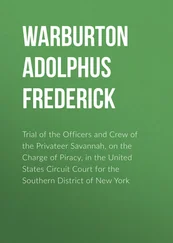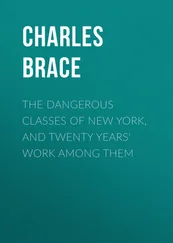Columnist Murray Kempton, who had already begun his career by the 1950s, says of my generation, “You were the country’s younger brothers.” Like many of my friends in New York, I regarded Murray as a wise older brother, and we would devour his iconoclastic column in the New York Post , which appeared three times a week. Murray now writes his column for Newsday . “When people came to America in those days,” he says, “they wanted to know how we did it. It was like being in the Soviet Union in the thirties. We were the repository of every illusion of ‘the better.’ It was fun, and life was much clearer then. I was wildly patriotic. Of course, I was young then.”
I’m aware that the passionate feelings my friends and I have about the decade when we came of age must in part be due to the fact that, as Kempton says, we were young. The day I called him to get together and talk about those years, he was writing a column on the death of Robert F. Wagner, Jr., the mayor of New York City who was first elected in 1953. Murray read me the line that became the lead of his piece: “If you live in New York long enough, what you thought was an age of lead will look like an age of gold.”
I don’t deny the nostalgia I feel, nor do I deny the darkness peculiar to the time and place I now celebrate. Almost everyone I reminisced with spoke about the heavy boozing without my bringing it up: “We drank too much,” “How did we drink so much?” We abused our bodies with booze and lack of sleep, and inhaled packs of cigarettes as if they were oxygen. We cared nothing for diet or exercise. A few of us smoked pot, and many of us took the popular uppers of the time, on prescription from doctors or psychiatrists—Dexedrine and Dexamyl, those heart-shaped green and orange pills. But for all our excesses, which we often justified as “literary” in imitation of our Roaring Twenties idols, we somehow managed to survive and observe and create in an especially fruitful time.
I went to Columbia as a mid-semester sophomore transfer student in January of 1952 from Indiana University at Bloomington, leaving with excitement and relief the somnolent southern Indiana landscape of rolling hills and limestone quarries for the concrete canyons and skyscraping spires I had dreamed of while listening to Stan Kenton’s mushy “Manhattan Towers,” a romantic anthem for many of my peers. I graduated from Columbia in 1955, lived for a while on the Upper West Side near Riverside Drive before moving on to what would be home in Greenwich Village (appropriate antithesis of what the Midwest means by “home”), until I said goodbye to New York in 1963.
I was lucky to learn from professors at Columbia whose work helped define the times, from the poet Mark Van Doren and the literary critic Lionel Trilling to C. Wright Mills, the rebel sociologist whose controversial books White Collar and The Power Elite delineated in disturbing strokes the new middle- and upper-class structure of America in the fifties.
Reporting on politics and culture for The Nation , I interviewed leaders and covered events that were shaping the period, from protests against civil defense air raid drills which were supposed to save New Yorkers from an A-bomb attack by sending them down to the subway, to Jack Kerouac’s drunken reading from On the Road at a Village nightclub, which signaled the arrival of the Beat Generation. Writing about the Catholic Worker movement led me to live for a while in Spanish Harlem and write my first book, Island in the City: The World of Spanish Harlem , and I got involved in the grassroots effort to help narcotics addicts and treat them as patients rather than criminals. For Esquire , I drew assignments to profile a spectrum of luminaries, dining (with notebook) in Harlem with Adam Clayton Powell, Jr., and at the New York Yacht Club with William F. Buckley, Jr.
My life and concerns were hardly limited to public figures and events, however. Like so many others of my time and place, I fell in love a hundred times, went into psychoanalysis, tried to write a novel, and listened to jazz musicians like Miles Davis and J. J. Johnson, going from glittery midtown music meccas like Birdland to crowded, smoky Village haunts like the Five Spot. I drank pints of arf ’n’ arf and debated politics and books with James Baldwin and Michael Harrington at the White Horse Tavern; saw Jason Robards in The Iceman Cometh and Geraldine Page in Summer and Smoke at the Circle in the Square; and went with buddies and dates to the Amato Opera, a converted moviehouse with a single piano as orchestra, where music students carried cardboard elephants in the grand march of Aïda , all for whatever coins you could afford to put in the hat when it was passed.
This was a New York where you could go on a date to Louis’ or the San Remo or the Grand Ticino in Greenwich Village and have a bottle of wine with your dinner for a little less than five bucks for the two of you. The subway was a dime and the Staten Island ferry a nickel. Four women college graduates who made no more than $50 a week from their magazine or publishing jobs could pitch in and rent a lovely furnished three-bedroom apartment on West End Avenue for $200 a month. Students could afford standing room at the Metropolitan Opera or one of the hit musicals on Broadway, like Call Me Madam with Ethel Merman. There was no cover or minimum charge to stand at the bar and hear Mingus at the Five Spot, in the Village. Carson McCullers read for free at Columbia and told how she wrote The Heart Is a Lonely Hunter , a novel that, along with The Catcher in the Rye , inspired my newly graduated generation.
I threw all-night parties with new friends who, like myself, had come from the hinterlands to make their fame and fortune and “find themselves” in the pulsing heart of the hip new world’s hot center, with the ghosts of the recent past as guides. We quoted aloud Fitzgerald and Hemingway, Millay and e. e. cummings, as we drank the wine and burned at both ends the candle of early youth and bittersweet first disillusionment. We revived our faith with the incantations of Dylan Thomas, our secular poet-priest, whose chants we played at dawn on the Caedmon record that boomed the vow we took to “not go gentle into that good night.”
If my generation was “silent,” it was not in failure to speak out with our work, but in the sense of adopting a style that was not given to splash and spotlights. Max Frankel says, “We set out essentially to be spectators and reflectors on life. A dogged kind of centrism came out of this, and it was later confused with unfeelingness in the sixties, as if we didn’t care enough for issues like the environment.”
We had no desire to shout political slogans or march with banners, because we had seen the idealism of the radical thirties degenerate into the disillusionment of Stalinism and the backlash reaction of name-calling anticommunism. The naïve hope of salvation by politics seemed to have burned itself out in the thirties, replaced in the fifties too often by an equally naïve belief in salvation through psychoanalysis. My friends and I agreed with Hemingway’s advice at the end of Death in the Afternoon: “Let those who want to save the world if you can get to see it clear and as a whole.” Another of Papa’s admonitions from the same book was reaffirmed for us in the fifties by James Baldwin in Notes of a Native Son , and it became a kind of creed: “The great thing, as Hemingway said, is to last and get your work done.”
Ours was not the silence of timidity or apathy, but the kind James Joyce meant, in Portrait of the Artist , when he spoke of the young writer’s vow as “silence, exile, and cunning.” The “silence” of Joyce was not surrender; it simply meant not to blab or brag about your work. The “cunning” was finding a way to make a living and then doing it. The “exile” was the place far enough from the censure of home and middle-class convention to feel free enough to create. Our own chosen place of exile from middle America was not Europe but New York, where, like Paris in the twenties, you found your contemporary counterparts—allies, mentors, friends. Our fifties were far more exciting than the typical American experience because we were in New York, where people came to flee the average and find a group of like-minded souls. “We had our community, and there was stability and solidarity,” Meg Greenfield says, recalling our group of writer friends, who were centered in the Village but also had connections on the Upper East and West sides.
Читать дальше
